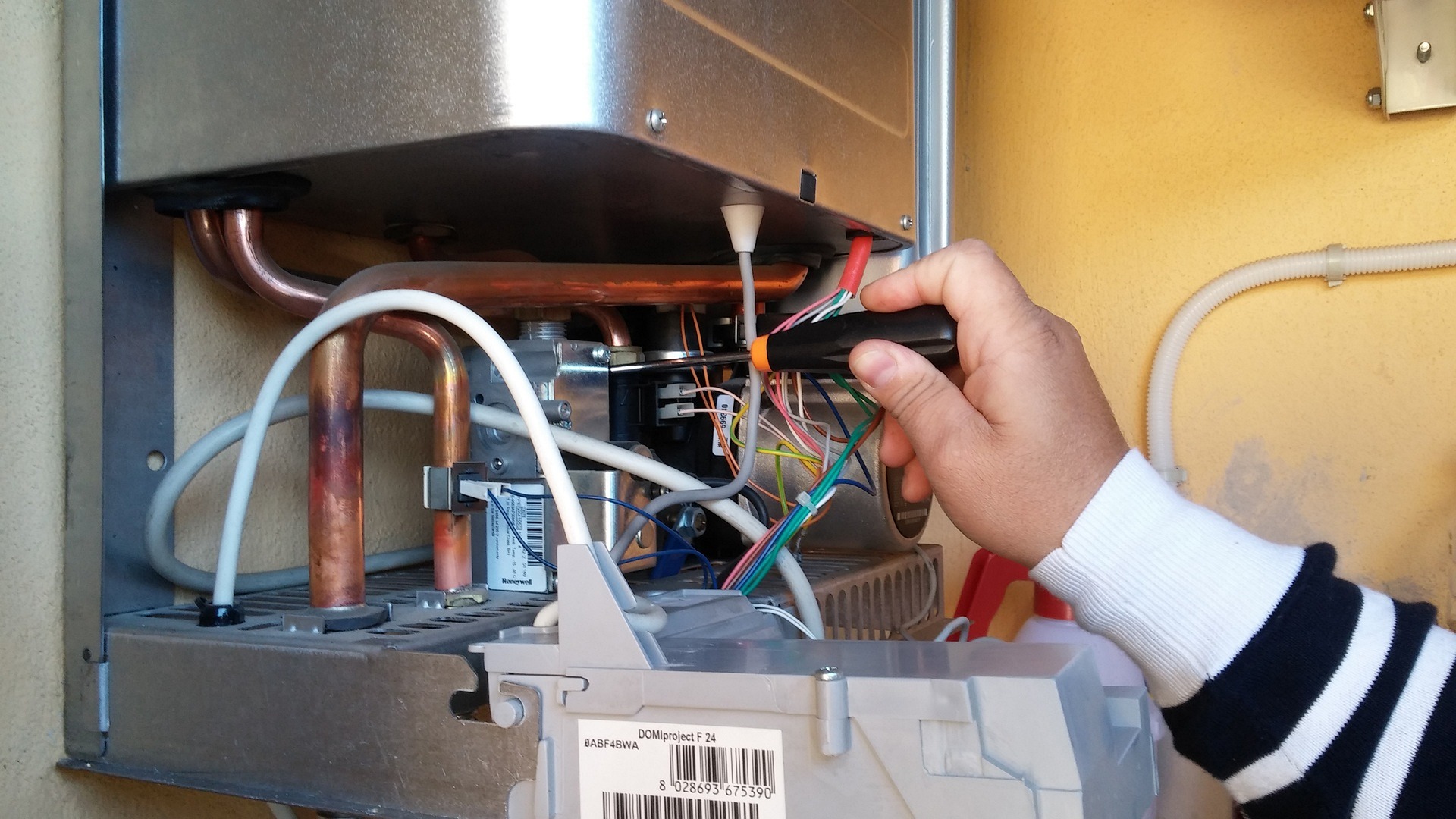Complete Guide to Whole House Generators for Home Power Backup
Whole house generators provide comprehensive backup power solutions that keep your entire home running during outages. These permanent installations automatically detect power loss and restore electricity to essential systems and appliances within seconds. Understanding generator sizing, installation requirements, maintenance needs, and fuel options helps homeowners make informed decisions about protecting their homes from extended power disruptions.
How to Choose the Right Whole House Generator Size
Selecting the appropriate generator size requires calculating your home’s total electrical load during an outage. Start by listing essential appliances and systems you want powered, including heating and cooling systems, refrigerators, lights, and medical equipment. Most homes need between 7,500 to 20,000 watts, with larger homes requiring up to 48,000 watts. A qualified electrician can perform a load calculation to determine your specific needs, considering both starting watts for motor-driven appliances and running watts for continuous operation.
Installation Process for a Whole House Generator
Installing a whole house generator involves several critical steps that require professional expertise. The process begins with obtaining necessary permits and selecting an appropriate location at least five feet from windows and doors. Installation includes pouring a concrete pad, connecting the generator to your home’s electrical panel through an automatic transfer switch, and establishing fuel supply lines. The entire process typically takes one to three days, depending on complexity and local code requirements.
Benefits of Installing a Whole House Generator
Whole house generators offer numerous advantages over portable alternatives. Automatic operation means power restoration occurs within 10-20 seconds of an outage, protecting sensitive electronics and preventing food spoilage. These systems maintain home security systems, medical equipment, and climate control during extended outages. Additionally, permanent generators increase property value and provide peace of mind for families with elderly members or those dependent on electrically powered medical devices.
Fuel Options for Whole House Generators
Whole house generators operate on three primary fuel types, each with distinct advantages. Natural gas generators connect directly to existing gas lines, providing unlimited runtime during outages without fuel storage concerns. Propane generators offer clean burning operation and long-term fuel storage capability, making them ideal for areas without natural gas service. Diesel generators provide excellent fuel efficiency and reliability but require regular fuel maintenance and storage considerations.
Maintaining and Servicing Your Whole House Generator
Regular maintenance ensures reliable generator operation when needed most. Weekly automatic self-tests verify system functionality and charge the battery. Monthly tasks include checking oil levels, inspecting air filters, and verifying fuel connections. Annual professional servicing involves changing oil and filters, testing battery and charging system, inspecting spark plugs, and verifying transfer switch operation. Proper maintenance extends generator life and prevents costly emergency repairs during critical outages.
| Generator Size | Fuel Type | Cost Estimation | Provider |
|---|---|---|---|
| 7.5-10kW | Natural Gas | $3,000-$5,000 | Generac |
| 12-16kW | Propane | $4,500-$7,500 | Kohler |
| 20-24kW | Natural Gas | $6,000-$10,000 | Cummins |
| 30-48kW | Diesel | $12,000-$25,000 | Caterpillar |
Prices, rates, or cost estimates mentioned in this article are based on the latest available information but may change over time. Independent research is advised before making financial decisions.
Whole house generators represent a significant investment in home security and comfort. By understanding sizing requirements, installation processes, fuel options, and maintenance needs, homeowners can select systems that provide reliable backup power for years to come. Professional consultation ensures proper sizing and installation while regular maintenance protects this valuable investment.





